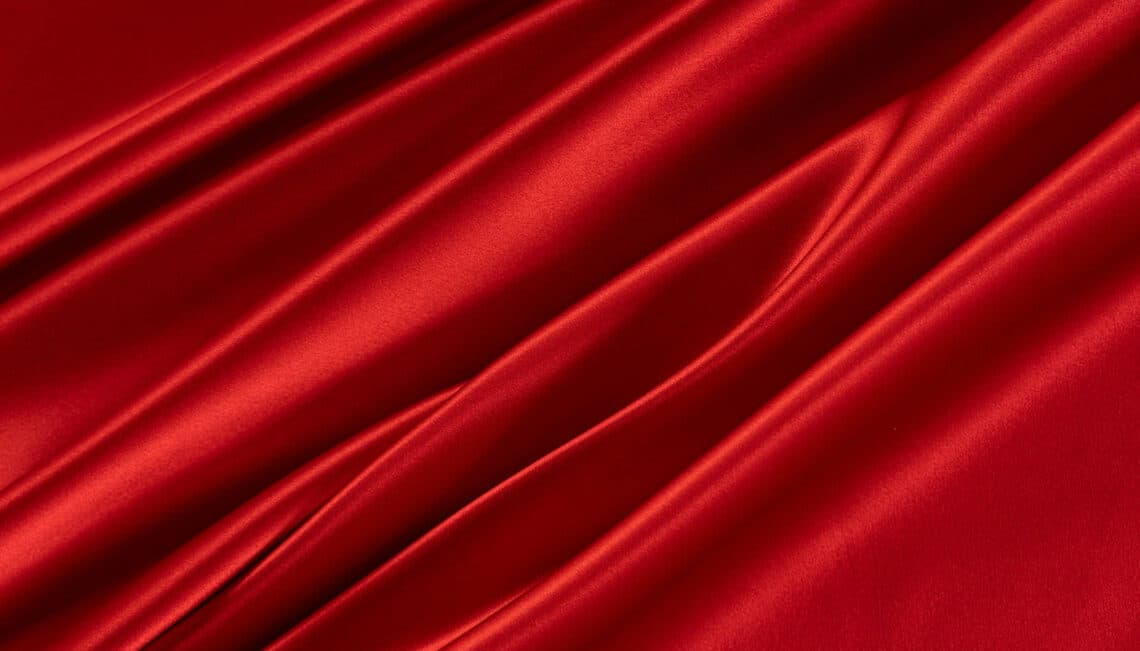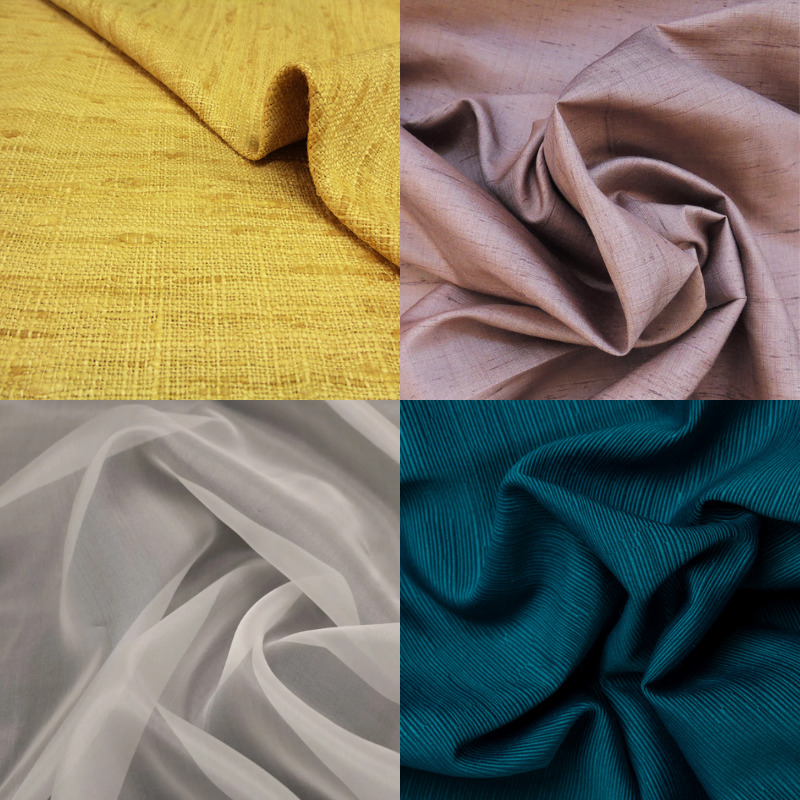
Silk
Silk is a natural fabric, made of the drool produced by silkworms.
Sericulture in the East and in the West
«The fabric to wear to reach God»: that’s the way an ancient Chinese proverb describes silk. It has always been synonymous with nobility, elegance and luxury. A magnificence which originates from filamented drool use by silkworms to weave their cocoons.
Sericulture was probably already born in 3000 b.C., in China, the country which still nowadays provides two thirds of the raw yarn in the world. That’s a millenary experience which intertwines with the history of relationships between the East and the West. Although Chinese emperors tried to keep secret the knowledge about sericulture, indeed, it began spreading around 300 b.C.; so about 550 a.D., it reached Europe.
In the West, silk weaving had its golden age in the XVI century, when damasks, brocades and velvets were produced in Venice, Florence and Lyons for every royal courts in the world. Then Italy became the main western provider, mainly thanks to its Como, Forlì and Caserta districts; nowadays, although production ceased, the country remains the main market, due to the quality of products worked here.
Silk types
Silk derives from the drool filament produced by silkworm, which can reach the length of 900 meters and which consists of 80 % of fibroine (protein-based material) and of 20 % of sericine (rubbery material). Manufacturing, which takes place before the breach of the cocoon and the metamorphosis from silkworm to butterfly, is aimed at separating sericine from fibroine, which will be the main component of the refined material. More manufacturing progresses and more silk becomes precious, because it goes meet a gradual scrap, which produces wastes.
On the basis of the weaving, silk fabrics are divided into: canvas or taffetas, twill or diagonals, satins and jacquards. The thread count, that is its subtlety, and the twisting degree will define the quality of the fabric.
The type of fiber will instead determine its resistance: organzine, whose fiber is long and twisted, is more resistant than bourette, which is made up of wastes. Among the most renowned types, there’s the shantung (whose irregular appearance is characterized by knots on the canvas), the ottoman with canneté effect, the organza and placed and all-over prints (specialization of many Como companies).

You may also like:
To read the item in Italian click here.


